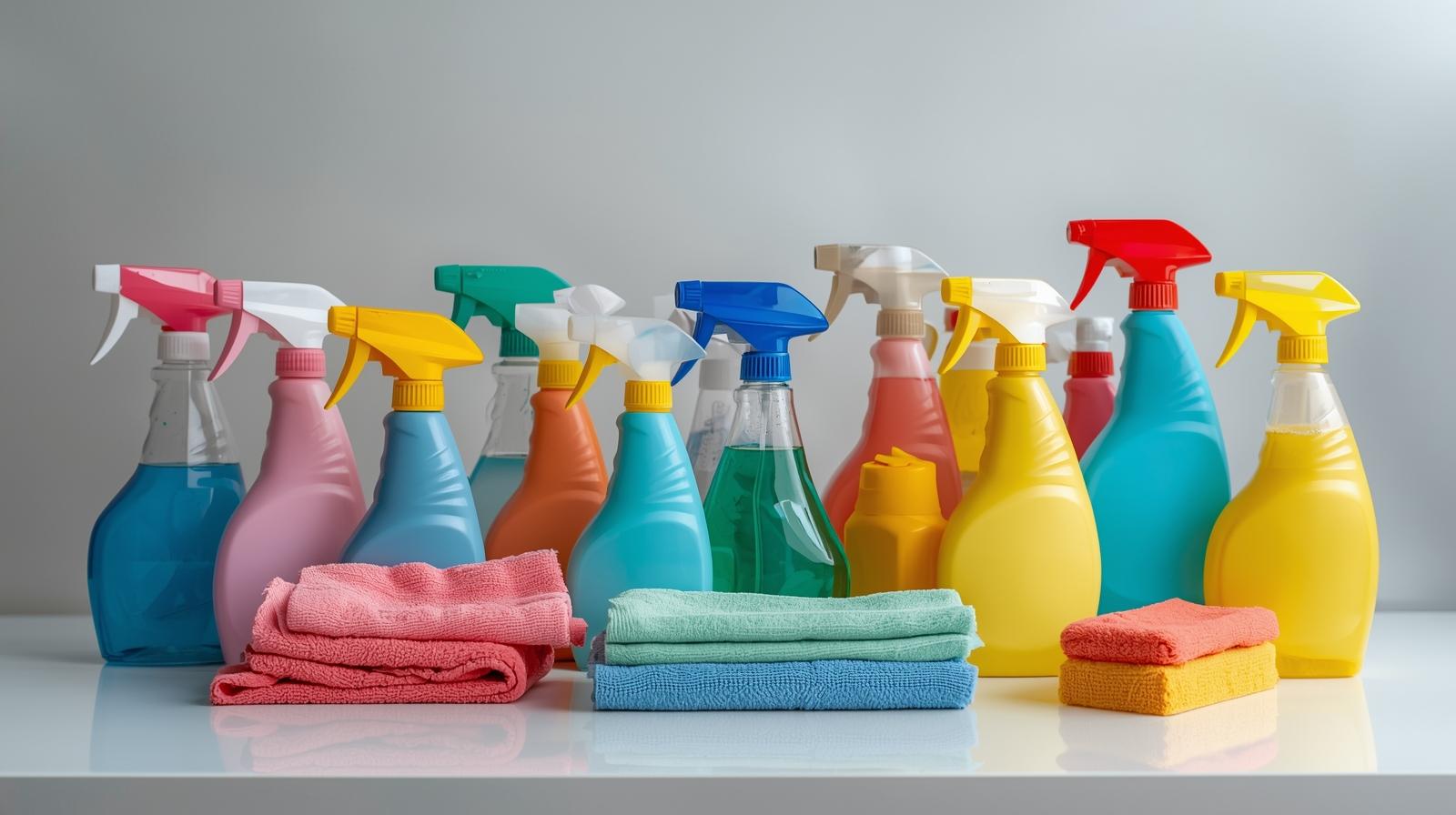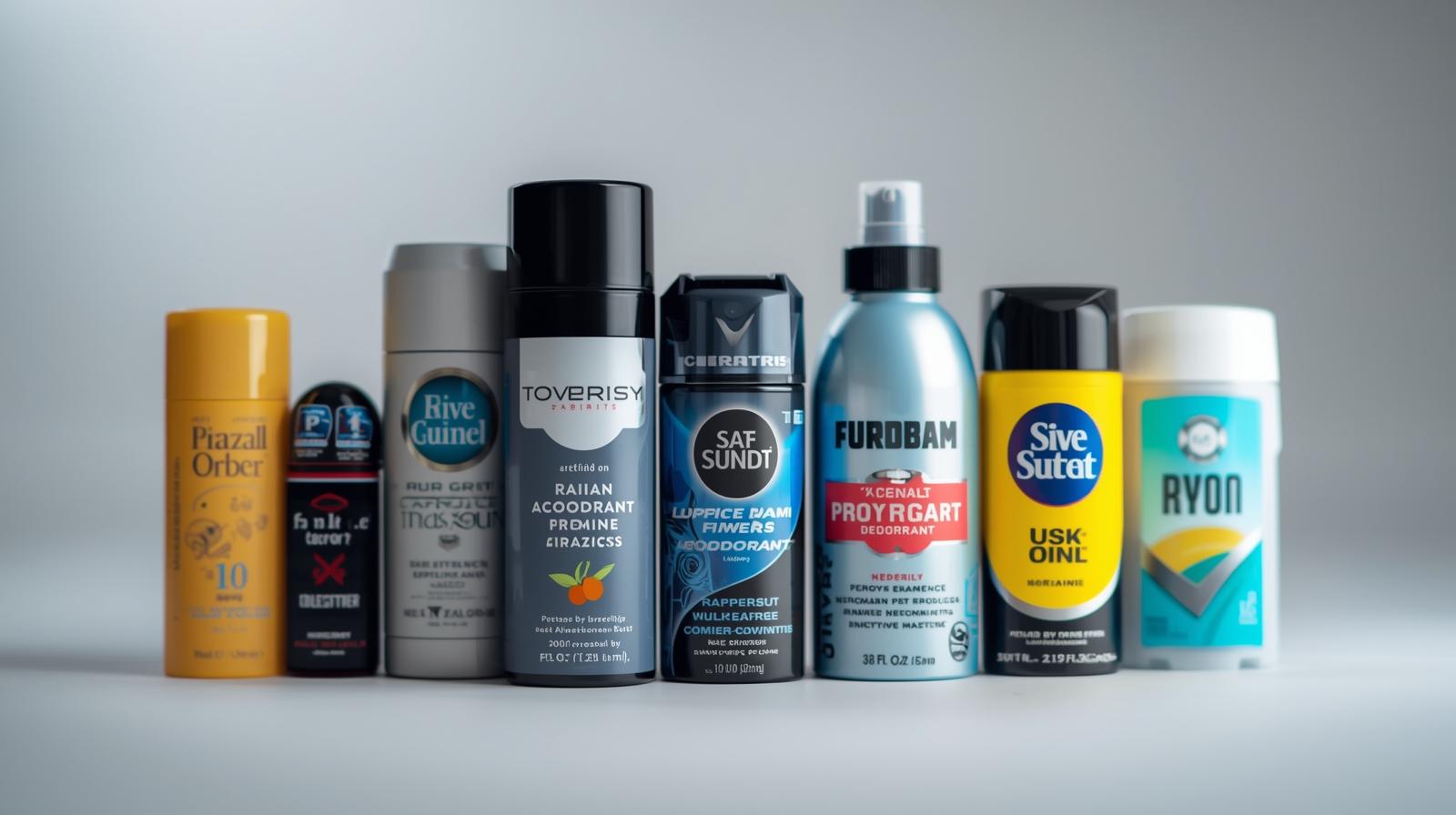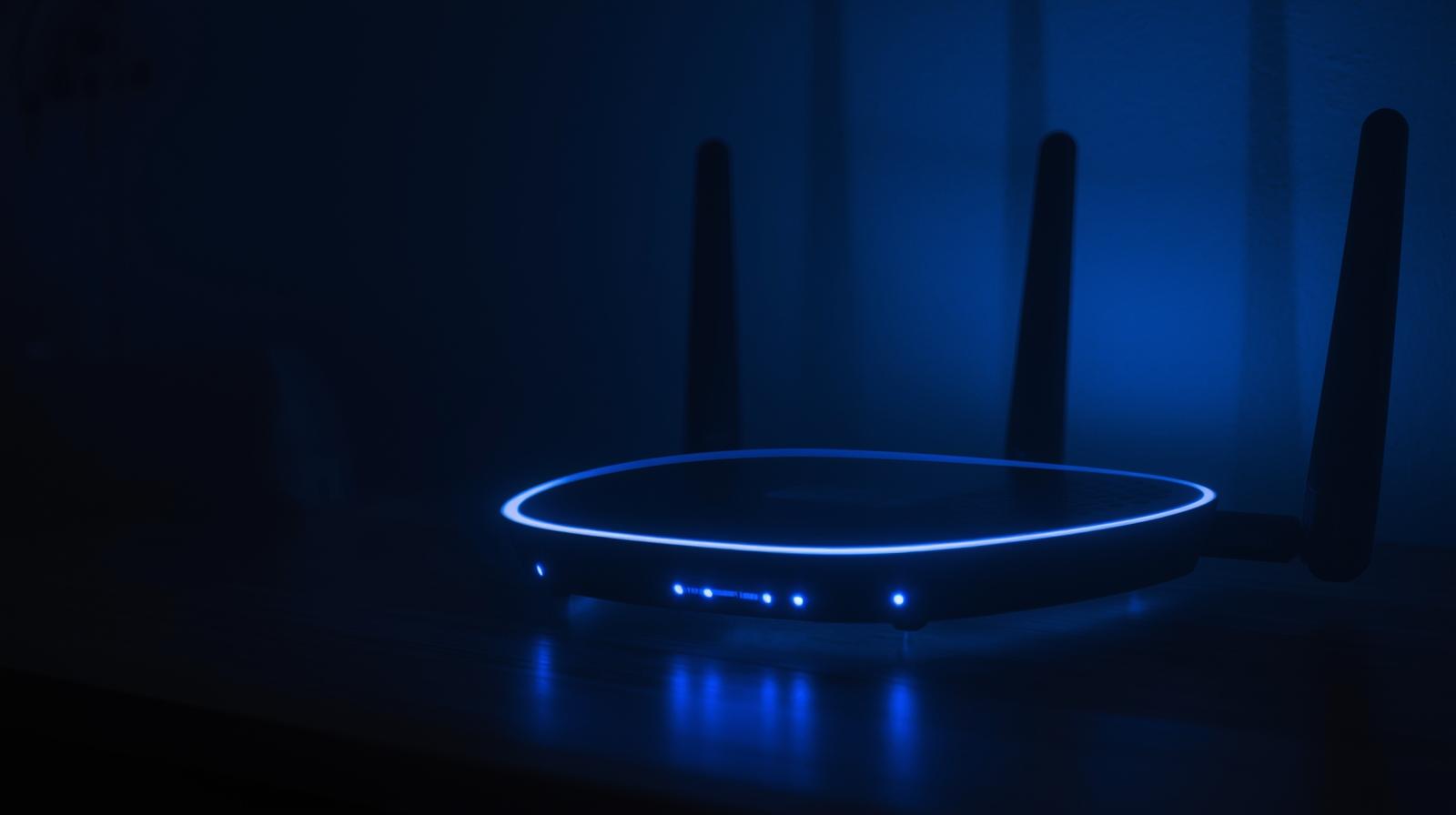How to Detox Your Home
Detox Your Home: Eliminating Man-Made Toxins and Embracing Healthier Alternatives
Modern homes are filled with conveniences that make life easier—synthetic cleaners, air fresheners, plastics, and processed materials. Yet, many of these products contain hidden toxins that can harm health and the environment. From volatile organic compounds (VOCs) in paints to endocrine disruptors in plastics, these substances can accumulate in the body and contribute to chronic illness, allergies, and fatigue. Detoxifying the home is not about perfection but about making conscious choices that reduce exposure and promote well-being. This guide explores how to identify common household toxins, remove them safely, and replace them with healthier, sustainable alternatives.
Understanding Household Toxins
What Are Man-Made Toxins?
Man-made toxins are synthetic chemicals created through industrial processes. They are found in cleaning products, furniture, building materials, personal care items, and even food packaging. Common examples include:
- Phthalates: Used in plastics and fragrances; linked to hormonal disruption.
- Bisphenol A (BPA): Found in plastic containers and can linings; associated with reproductive and metabolic issues.
- Formaldehyde: A preservative and adhesive component in furniture and flooring; a known carcinogen.
- Volatile Organic Compounds (VOCs): Emitted from paints, glues, and cleaning products; can cause respiratory irritation and headaches.
- Per- and Polyfluoroalkyl Substances (PFAS): Used in non-stick cookware and stain-resistant fabrics; persistent in the environment and human body.
How Toxins Enter the Home
Toxins enter through air, water, and direct contact. Off-gassing from furniture, residue from cleaning sprays, and microplastics from synthetic fabrics all contribute to indoor pollution. Because people spend up to 90% of their time indoors, the cumulative exposure can be significant.
Step 1: Purify Indoor Air
Indoor air can be two to five times more polluted than outdoor air. Reducing airborne toxins is one of the most effective ways to detoxify a home.
Common Airborne Pollutants
- VOCs from paints, varnishes, and adhesives
- Formaldehyde from pressed wood furniture
- Synthetic fragrances from candles and air fresheners
- Dust containing flame retardants and heavy metals

Healthier Alternatives
- Ventilation: Open windows daily to allow fresh air circulation. Use exhaust fans in kitchens and bathrooms to remove humidity and fumes.
- Air Purifiers: Choose HEPA filters that capture fine particles and activated carbon filters that absorb gases and odors.
- Houseplants: Certain plants like spider plants, peace lilies, and snake plants can help absorb pollutants naturally.
- Natural Fragrance: Replace synthetic air fresheners with essential oil diffusers or simmer pots made from citrus peels and herbs.
- Low-VOC Paints: When renovating, select paints labeled “low-VOC” or “zero-VOC” to minimize chemical emissions.
Step 2: Detox Cleaning Products
Conventional cleaning products often contain harsh chemicals that irritate the skin, eyes, and lungs. Many also release VOCs and contribute to indoor air pollution.
Common Toxins in Cleaners
- Ammonia: Found in glass cleaners; can irritate the respiratory system.
- Chlorine bleach: Effective disinfectant but corrosive and harmful when mixed with other chemicals.
- Quaternary ammonium compounds (quats): Used in disinfectants; linked to asthma and reproductive issues.
- Synthetic fragrances: Contain phthalates and other undisclosed chemicals.
Healthier Cleaning Alternatives
- DIY Cleaners:
- All-Purpose Cleaner: Mix equal parts white vinegar and water with a few drops of essential oil.
- Glass Cleaner: Combine 2 cups water, ½ cup vinegar, and 1 tablespoon cornstarch for streak-free shine.
- Scrubbing Paste: Blend baking soda with a small amount of castile soap for sinks and tubs.
- Natural Brands: Choose eco-certified cleaning products that list all ingredients and avoid synthetic dyes and fragrances.
- Microfiber Cloths: Use reusable cloths that clean effectively with just water, reducing the need for chemical sprays.
- Steam Cleaning: Harness the power of heat to disinfect surfaces without chemicals.
Step 3: Replace Plastic with Safer Materials
Plastics are convenient but often contain harmful additives like BPA, phthalates, and PVC. These chemicals can leach into food and water, especially when heated.
Safer Alternatives
- Food Storage: Replace plastic containers with glass, stainless steel, or silicone options.
- Water Bottles: Use stainless steel or glass bottles instead of disposable plastic ones.
- Cooking Utensils: Choose wooden, bamboo, or stainless steel tools instead of plastic spatulas and spoons.
- Packaging: Buy in bulk and store dry goods in glass jars to reduce plastic waste.
- Avoid Heating Plastic: Never microwave food in plastic containers or wrap.
Step 4: Choose Non-Toxic Cookware
Cookware can be a hidden source of toxins, especially non-stick pans coated with PFAS compounds that release harmful fumes when overheated.
Safer Cookware Options
- Cast Iron: Naturally non-stick when seasoned properly and adds trace iron to food.
- Stainless Steel: Durable, easy to clean, and free from chemical coatings.
- Ceramic-Coated: Look for brands that are PFAS-free and lead-free.
- Glass Bakeware: Ideal for oven use and does not leach chemicals.

Additional Tips
- Avoid scratched non-stick pans, as damaged coatings can release toxins.
- Use wooden or silicone utensils to prevent scratching cookware surfaces.
Step 5: Filter Water for Purity
Tap water can contain chlorine, heavy metals, pesticides, and microplastics. Filtering water ensures safer drinking and cooking.
Types of Water Filters
- Activated Carbon Filters: Remove chlorine, odors, and some organic compounds.
- Reverse Osmosis Systems: Eliminate heavy metals, fluoride, and most contaminants.
- Ceramic Filters: Trap bacteria and sediments.
- Whole-House Filters: Treat all water entering the home for comprehensive protection.
Additional Measures
- Replace filters regularly to maintain effectiveness.
- Store filtered water in glass or stainless steel containers.
Step 6: Detox Furniture and Fabrics
Furniture, carpets, and textiles often contain flame retardants, formaldehyde, and synthetic dyes that off-gas over time.
Healthier Alternatives
- Natural Materials: Choose furniture made from solid wood, organic cotton, wool, or linen.
- Low-Emission Products: Look for certifications such as GREENGUARD or OEKO-TEX that ensure low chemical emissions.
- Avoid Stain-Resistant Treatments: These often contain PFAS chemicals.
- Vacuum Regularly: Use a HEPA-filter vacuum to remove dust that may contain toxins.
- Air Out New Furniture: Let new items off-gas outdoors or in a well-ventilated area before bringing them inside.
Step 7: Rethink Personal Care Products
Personal care items like shampoos, lotions, and cosmetics can contain parabens, sulfates, and synthetic fragrances that absorb through the skin.
Common Toxins in Personal Care
- Parabens: Preservatives linked to hormonal disruption.
- Sodium Lauryl Sulfate (SLS): A foaming agent that can irritate skin.
- Synthetic Fragrances: Often contain undisclosed chemicals.
- Triclosan: Antibacterial agent associated with antibiotic resistance.

Healthier Alternatives
- Natural Brands: Choose products with transparent ingredient lists and certifications like EWG Verified or USDA Organic.
- DIY Options:
- Face Scrub: Mix sugar with coconut oil.
- Deodorant: Combine baking soda, arrowroot powder, and shea butter.
- Hair Rinse: Use diluted apple cider vinegar for shine and scalp health.
- Minimalist Routine: Simplify personal care to reduce exposure and waste.
Step 8: Eliminate Synthetic Fragrances
Fragrance blends can contain hundreds of chemicals, many of which are unregulated and undisclosed. These compounds can trigger allergies, headaches, and hormonal imbalances.
Healthier Alternatives
- Essential Oils: Use pure essential oils for natural scenting.
- Beeswax Candles: Burn cleanly without releasing soot or toxins.
- Simmer Pots: Boil water with cinnamon sticks, citrus peels, and herbs for a natural aroma.
- Unscented Products: Choose fragrance-free detergents and personal care items.
Step 9: Detox Laundry Practices
Laundry detergents, fabric softeners, and dryer sheets often contain synthetic fragrances, optical brighteners, and harsh surfactants.
Healthier Laundry Alternatives
- Natural Detergents: Use plant-based, biodegradable detergents free from dyes and fragrances.
- Vinegar Rinse: Add ½ cup white vinegar to the rinse cycle to soften clothes naturally.
- Wool Dryer Balls: Replace dryer sheets with reusable wool balls to reduce static and drying time.
- Cold Water Washing: Saves energy and preserves fabric quality.
Step 10: Manage Pests Naturally
Conventional pesticides contain neurotoxins and endocrine disruptors that linger in the home environment.
Natural Pest Control Methods
- Essential Oils: Peppermint, citronella, and eucalyptus repel insects.
- Diatomaceous Earth: A natural powder that kills pests by dehydration.
- Sealing Entry Points: Prevent infestations by closing cracks and gaps.
- Cleanliness: Keep food sealed and surfaces clean to deter pests.
Step 11: Reduce Electromagnetic Pollution
While not a chemical toxin, electromagnetic fields (EMFs) from electronics can contribute to stress and sleep disturbances.
Healthier Practices
- Turn off Wi-Fi routers at night.
- Keep phones and devices out of bedrooms.
- Use wired connections when possible.
- Limit screen time before bed to support natural circadian rhythms.

Step 12: Create a Sustainable Mindset
Detoxifying a home is an ongoing process that involves awareness and gradual change. Sustainability and health go hand in hand.
Key Principles
- Buy Less, Choose Better: Invest in durable, non-toxic products.
- Read Labels: Learn to identify harmful ingredients.
- Support Ethical Brands: Choose companies committed to transparency and environmental responsibility.
- DIY When Possible: Homemade solutions reduce packaging waste and chemical exposure.
- Educate and Share: Encourage others to make healthier choices.
The Benefits of a Detoxed Home
Transitioning to a toxin-free home environment offers numerous benefits:
- Improved Air Quality: Fewer respiratory irritants and allergens.
- Enhanced Well-Being: Reduced fatigue, headaches, and skin irritation.
- Environmental Impact: Lower chemical runoff and waste.
- Financial Savings: DIY cleaners and reusable products reduce long-term costs.
- Peace of Mind: A cleaner, safer space for family and pets.
Conclusion
Detoxifying a home from man-made toxins is a journey toward health, sustainability, and mindfulness. Every small change—switching to glass containers, using natural cleaners, or choosing organic fabrics—contributes to a safer living environment. The goal is not to eliminate every chemical but to make informed decisions that reduce exposure and support long-term wellness. By embracing natural alternatives and sustainable habits, any home can become a sanctuary of health and harmony.

